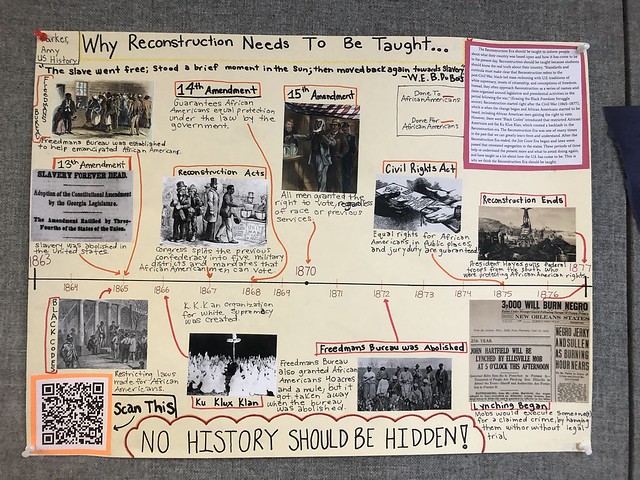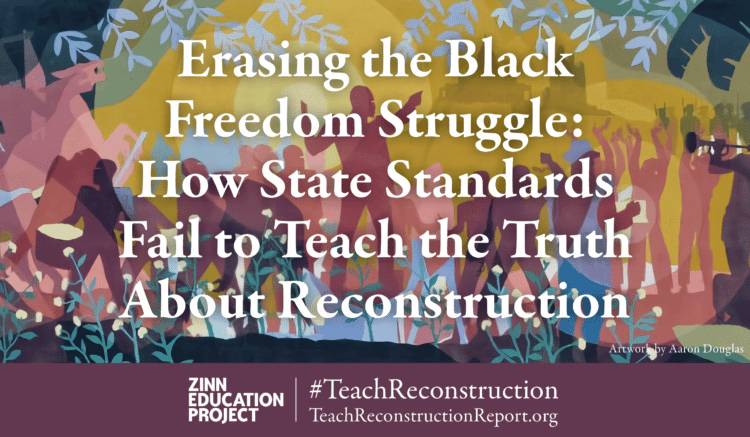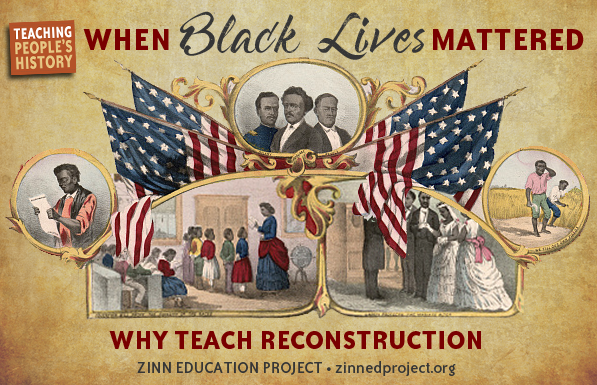When I started planning this year’s U.S. History course at Harwood Union High School in Duxbury, Vermont, I started “from the ground up,” meaning with the grassroots and with the stories and experiences of the actual people who lived here before Europeans. All year, I have continued to help students learn to “read” histories as stories, told by various people, but usually by “the winners.” Our guiding question for the year concerns not “history(ies)”, but the past. The actual past as it happens, which takes more work, and it takes breaking with conventional myths and texts.
Reading A People’s History of the United States almost 30 years ago changed my life and helped me break with those myths and texts and how I understood the world. It also influenced me as a journalist in the United States and Haiti.
I wanted to offer my students the same inspiration and ongoing epiphany (or series of epiphanies) and so I’ve been putting in many extra hours revisiting the work of Howard Zinn and others and also discovering new resources.
In the fall, we spent some five weeks studying Native American nations, oppression and resistance, and then proceeded to settler-colonialism and so on. The lessons and activities would not have been possible without this website, Voices of a People’s History, articles by Bill Bigelow, and a few other sources . . .
When the Teach Reconstruction report emerged, I was blown away. Together, the students and I radically altered the syllabus and we spent about three weeks on this period, watching parts of documentaries, reading some Eric Foner, some primary sources, and parts of the report.
Finally, I gave students an assignment that involved lobbying our department about the importance of teaching a specific topic: either Reconstruction, or one of the other crisis-level issues we’d been studying — gerrymandering, Citizens United, voter suppression, and a few other similar issues. Most chose Reconstruction.
Students were invited to either write a letter to everyone in the department with an accompanying draft lesson plan, or create a “persuasive poster” with additional information online via a QR code. Below are some of the posters.









Twitter
Google plus
LinkedIn